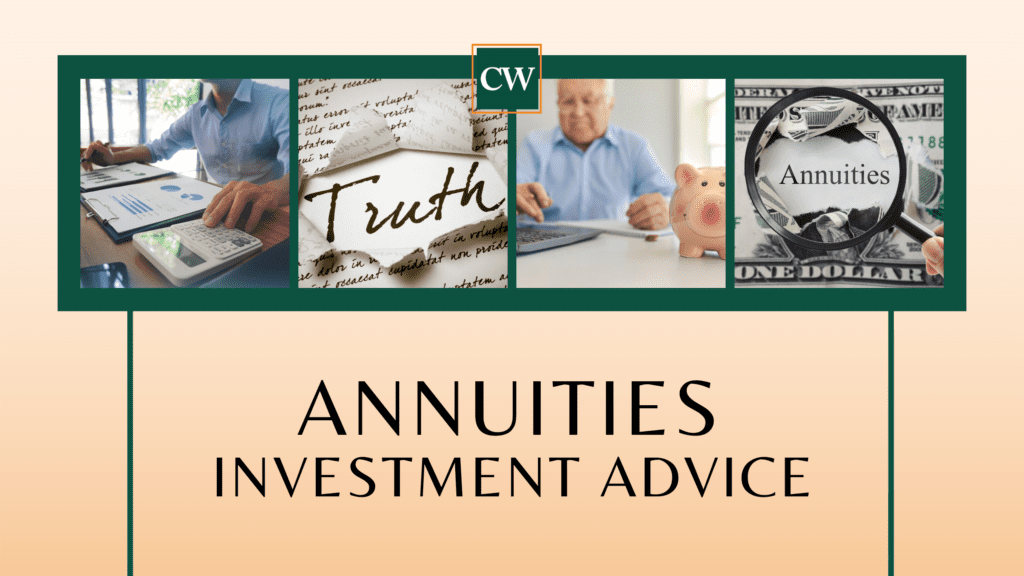Does your investment portfolio have more tech than you think?
Increasingly, tech drives the world, and no, that’s not a Tesla joke! And there’s no mistaking that as the economy becomes more tech-centric, the stock market becomes increasingly dominated by the tech companies that drive economic activity.
By some estimates, the S&P 500’s allocation to tech is approaching 50% in terms of total value exposure, and this trend of increasing tech will probably continue. What could that mean for your portfolio?
What could you lose in another tech crash?
The Y2K crash that began in 2000 is probably the best known tech-related meltdown, when the dot com bubble that burst in 2003. Back then, tech stocks – NASDAQ – were a distinct separate slice of the markets, but now they are so intertwined you may be at more risk than you think.
The Y2K plunge erased nearly 80% of market value, and did not break even for some 15 years – and required a whopping 355% gain to merely break even.
Consider: What could a fifteen-year nosedive in the value of your investments do if you are in or approaching retirement? At the same time taxes are gobbling ever-great shares of your incredibly shrinking inflated dollars?
Let’s run the numbers
Let’s look at some simple math that maybe your advisor has not shared with you. Say the market tumbles 80% or so like it did in the last tech crash. That would take a respectable $2M nest egg down to $400K – ouch!
And if you are pulling money and spending – like out of an IRA – that’s before we look at taxes and inflation.
So if your nestegg tracks the last 16-year climb from tech crash to breakeven, your nominal return – before inflation and taxes – would be about 10.6% a year. Sounds good until you remember you’re digging out from an 80% loss!
If we adjust for not the mega-inflation I fear but just a prudent risk-management assumption of 5% annualized, the actual return – before taxes! – is about 5.5%.
If we then take that nestegg with that real return and assume you pay today’s highest income tax rate of 37% – which is before any state income tax and I think much lower than future rates on “fat cats” like those interested in reading this article – we get some ugly news.
If someone did that at 65, and say, lived to 85, and spent both return and principal, leaving nothing for the kids or even a surviving spouse, here’s what the annual spendable today’s dollars income “pension” number would look like:
- $31,726 before taxes
- $19,987 after taxes
Jiminy Cricket, that’s scary!
I bet even five times that amount would leave you scrimping!
Surely, I hope that I am wrong. And I may have exaggerated and simplified more than a bit to get your attention.
But in all my decades studying and practicing wealth management, I have never, ever seen the sky so dark. What to do?
Check out my ideas in my follow up post, Strategies to Protect & Grow Wealth Mid-21st Century.




